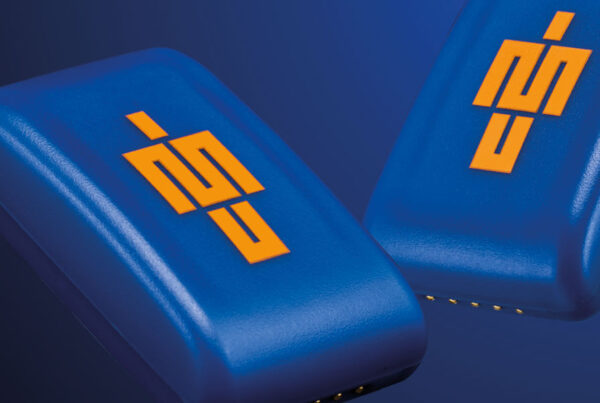Pole vault Olympic bronze medallist, Eliza McCartney, and her support team break down how IMU Step has helped her overcome a persistent Achilles tendon issue and return to performance.
Returning to Performance with Inertial Sensors
I first started getting Achilles symptoms and started having trouble with it right before the Rio 2016 Olympics in Rio. Its been a solid 4 years now where its been a real up and down journey.
I am sure anyone who has treated tendon injuries can relate, they’re pretty tough to get rid of and they hang around a long time.
The nice thing is that its a pretty generic Achilles tendon issue. But like all Achilles tendinopathies, the devil is in the detail if you’re going to quote Jill Cook. There isn’t an industry standard with them especially when it’s relating to such a specialist skill like pole vaulting.
You can’t just pull out the Achilles file and say ‘yes, this is what we did last time and it seemed to work so let’s roll it out again’. And that’s where the IMU’s have been very very useful.
It’s another tool to make sure that you’re loading the athlete correctly for where the athlete is at that time. IMU Step has been really good to confirm that you’re on the right track, that you’re not pushing too hard, and just seeing how everything aligns back to the athlete.
Being able to quantify whether there was a low, medium, or high impact and being able to measure that build into more high impact loads has been fantastic. We knew we didn’t have any specific data on pole vault but you can be pretty intuitive to know that pole vault take-off and run-up is a high impact activity, so we needed to be able to build Eliza up into being able to deal with the volume and intensity required to vault.
For me, being able to differentiate the low, medium, and high loads were really useful and so was the asymmetry data. We talked about the Christmas tree graph and within a week of using it, it became clear that that’s the one that we kept scrolling down to. It allowed us to build a profile of what each session looked like.
One thing that we thought IMU could help with is just being able to just measure that load. It’s as simple as that because tendons do not like changes in load, up or down. And so being able to track the load and make it progressive and incremental and not spike it up or down is really valuable because as soon as I start spiking my load the risk level of it flaring is just really high.
The Step data that comes out is really good. There’s a lot to it so I have been relying on the team a little bit to give me the graphs that I have deemed as the most useful.
Well, I am an old physio, an old dog and I am learning new tricks, and the IMU is definitely a new trick. But it certainly engages and empowers athletes to really gain confidence through good quality work when they can see what they have done very very quickly.
Learn more
This case study builds on concepts that we’ve explored in-depth at IMeasureU.
Follow the links below to learn more –
IMU Step: Helping to monitor chaos during rehab?
How to Improve Patient Outcomes with Objective Data
Using inertial sensors to improve the return-to-play process: A case study with Loughborough University
Have an injured athlete?
Get in touch with us and ask about a free trial of IMU Step to see how we can help your return to play.


